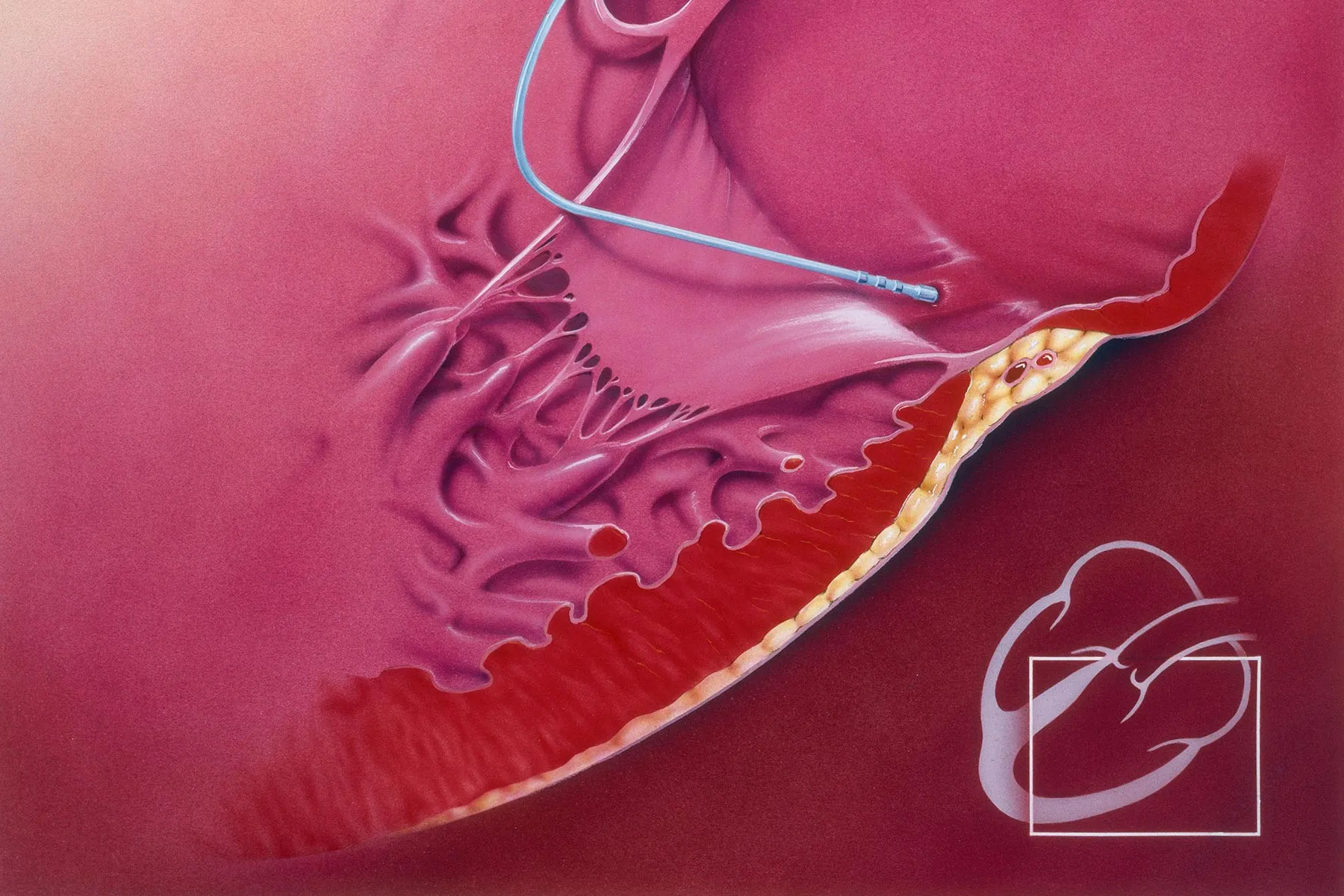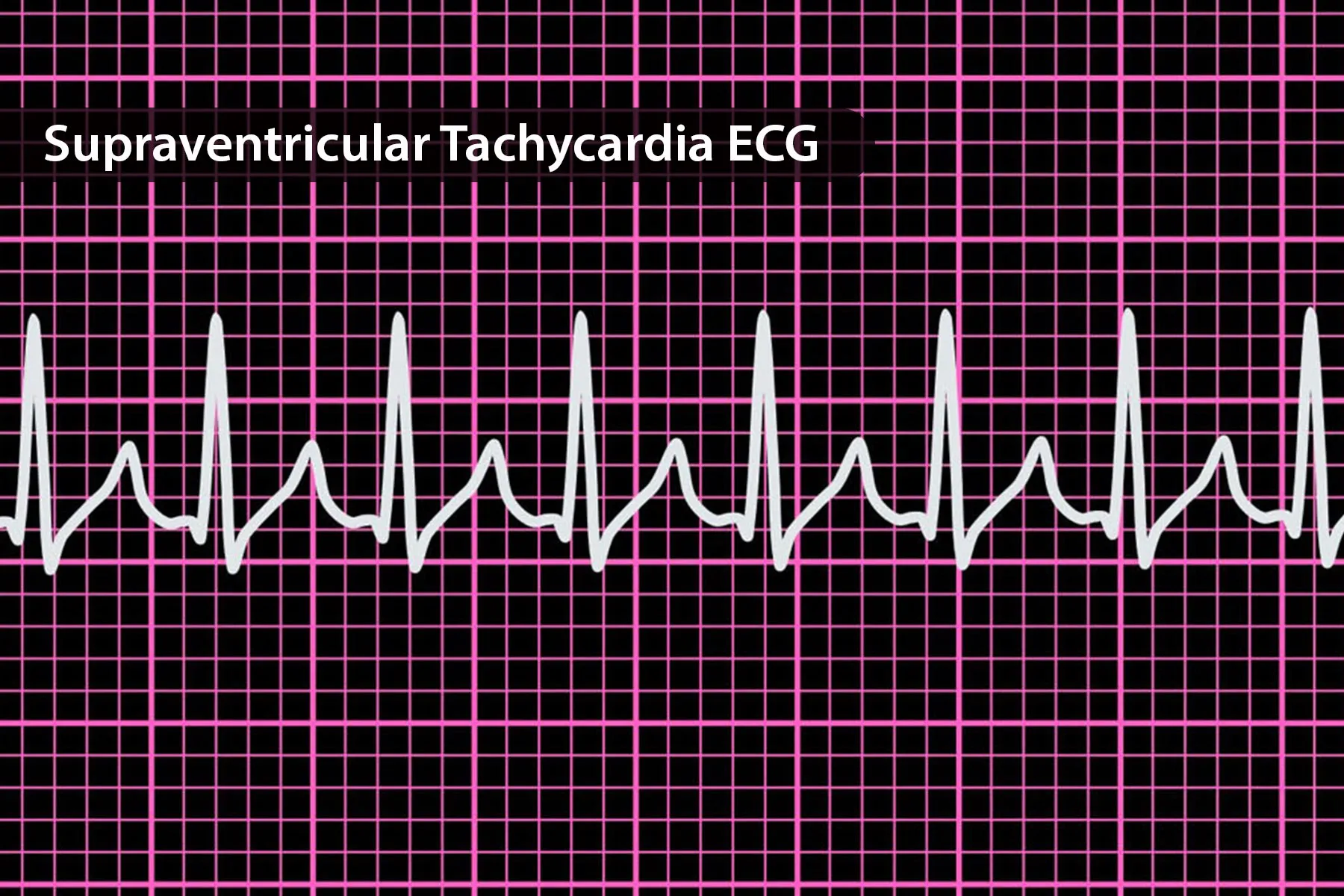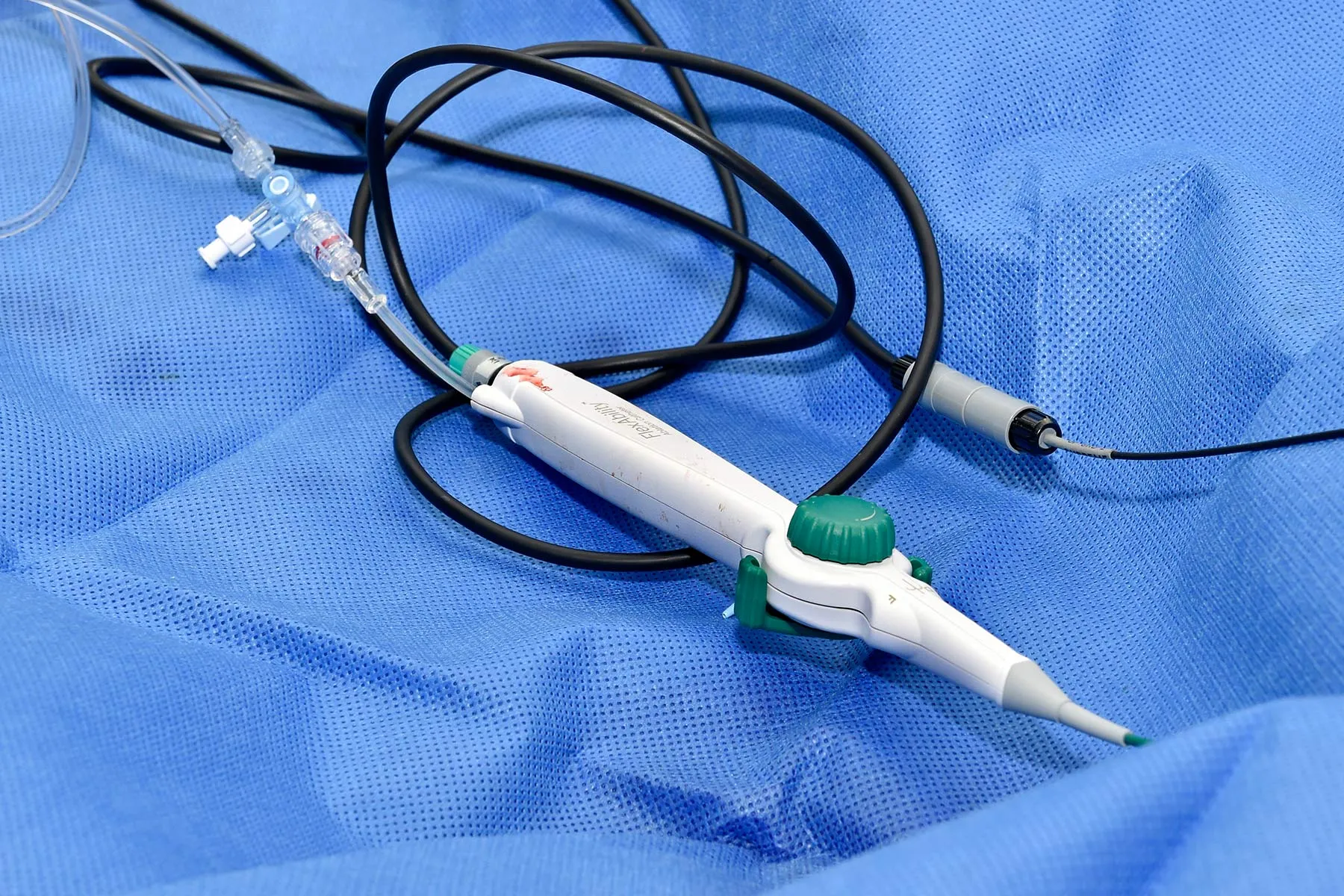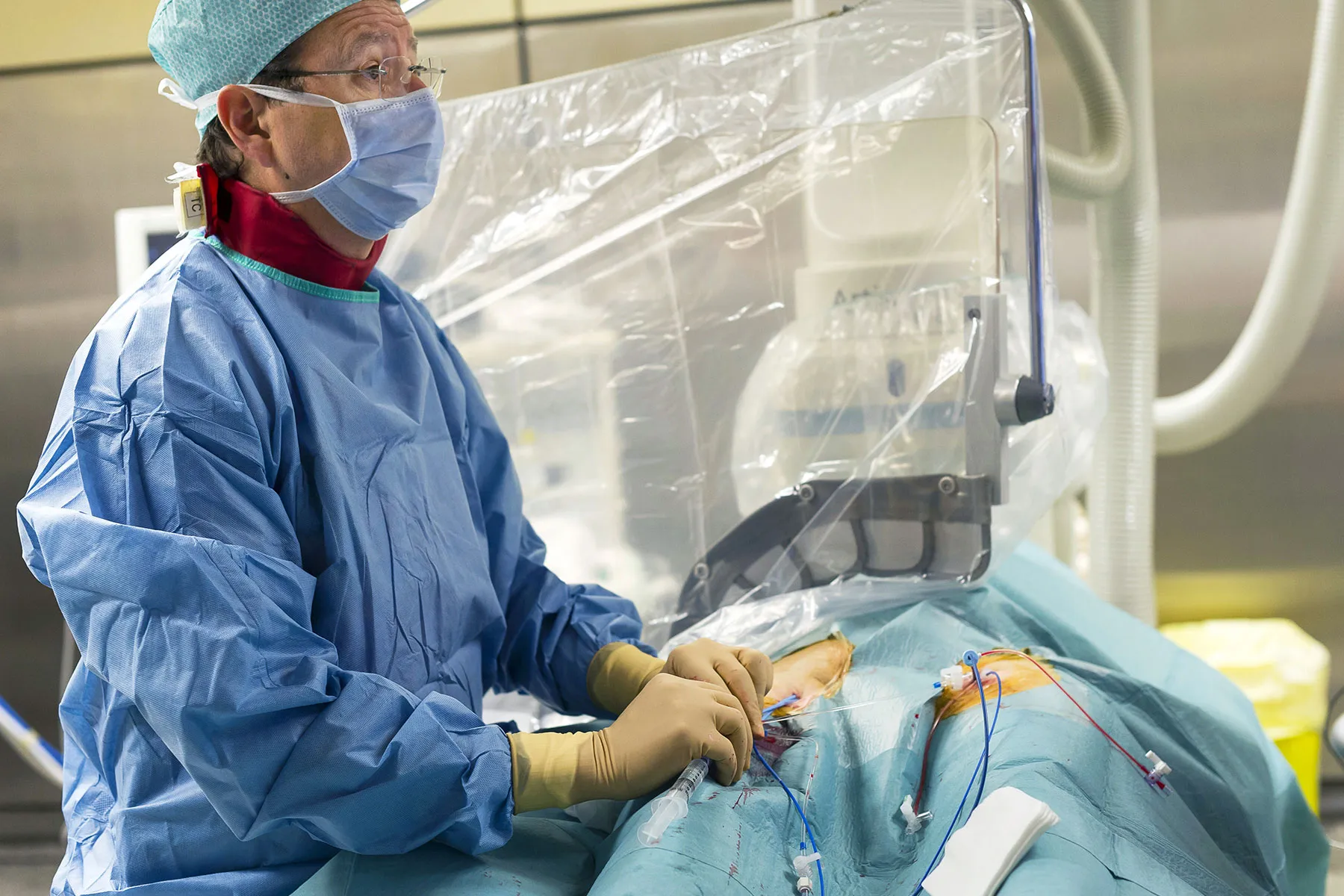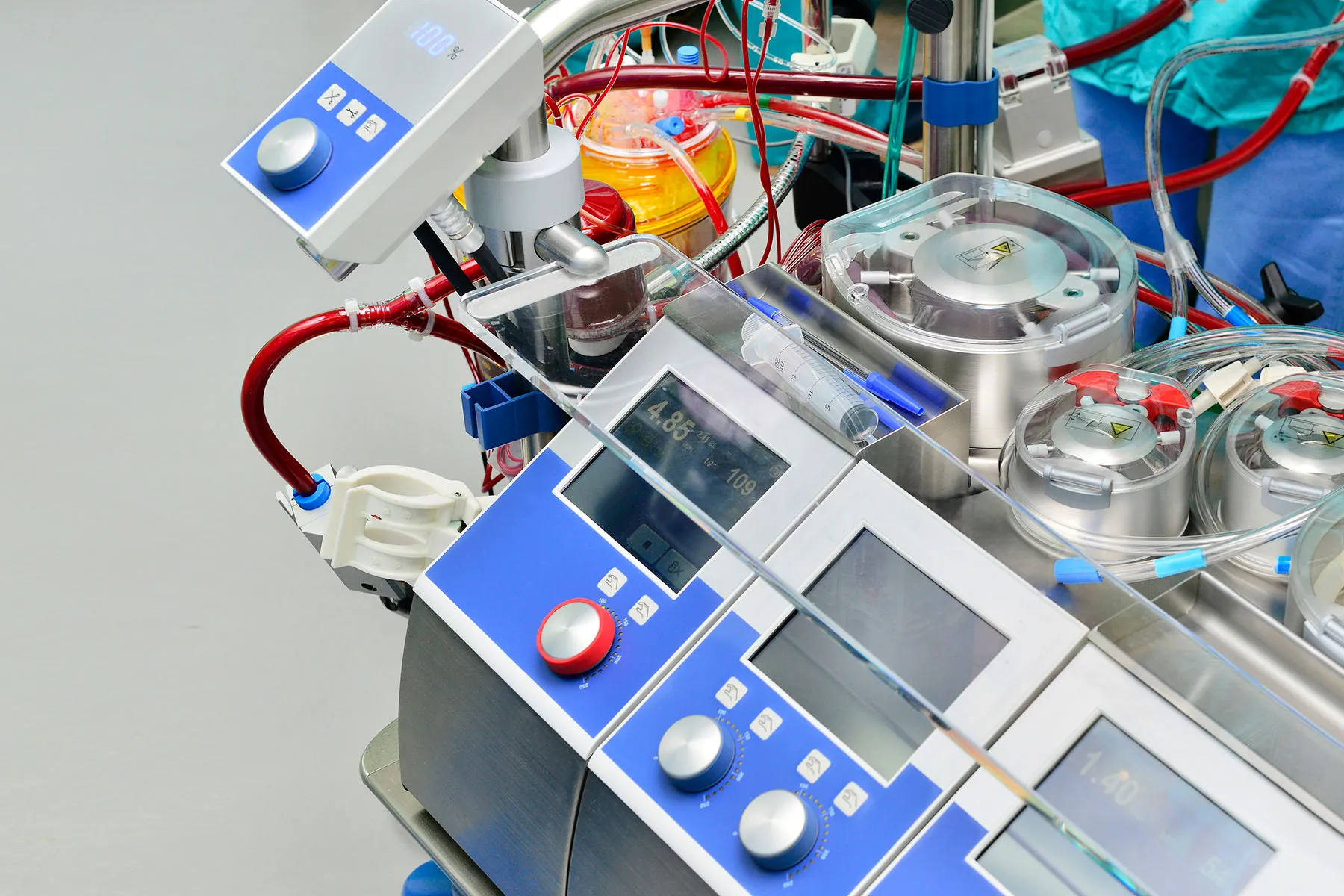Ablation: What You Should Know

Sources Medically Reviewed on 05/16/2023 Reviewed by James Beckerman, MD, FACC on May 16, 2023
IMAGES PROVIDED BY:
Bob L. Shepherd / Science Source
BSIP / Science Source
DR P. MARAZZI / Science Source
iStock / Getty Images
BSIP / A. NOOR / Medical Images
Cavan / Getty Images
iStock / Getty Images
Boyloso / Getty Images
SCIEPRO / Getty Images
Morsa Images / Getty Images
SOURCES:
Cleveland Clinic: “Heart Ablation.”
Mayo Clinic: “Cardiac Ablation.”
Johns Hopkins: “Catheter Ablation,” “AFib Surgery and Maze Procedure.”
University Hospitals: “Rewiring the Heart: Catheter Ablation for AFib.”
Reviewed by James Beckerman, MD, FACC on May 16, 2023
This tool does not provide medical advice. See additional information.
THIS TOOL DOES NOT PROVIDE MEDICAL ADVICE. It is intended for general informational purposes only and does not address individual circumstances. It is not a substitute for professional medical advice, diagnosis or treatment and should not be relied on to make decisions about your health. Never ignore professional medical advice in seeking treatment because of something you have read on the WebMD Site. If you think you may have a medical emergency, immediately call your doctor or dial 911.
